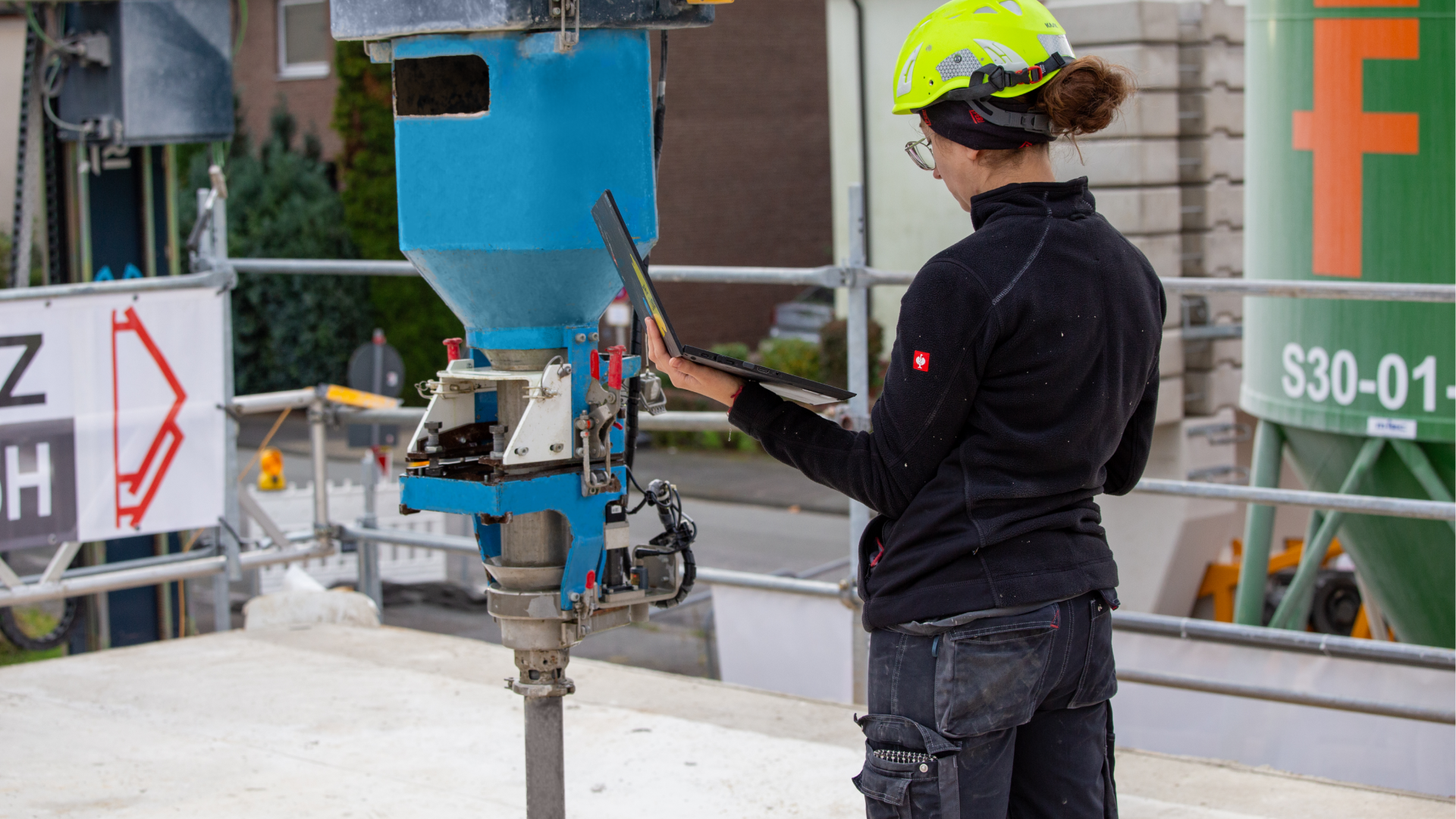With over 50% of the world’s population living in cities, urbanization is transforming how we live and build. The pressing need for affordable housing and the scarcity of construction space in urban areas call for innovative solutions; one promising solution is 3D construction printing technology.
Four Challenges of Urban Construction
1. Availability of Space
In densely populated areas, space is a premium commodity. Narrow access routes and construction sites squeezed between existing buildings complicate logistics and the construction process. Therefore, construction tools need to be flexible in movement and sizing to be utilized effectively. 3D construction printers, such as our BOD2 with its modular system, can offer solutions to these challenges. The BOD2’s configurable design allows for easy adjustment to varying site sizes, while also enabling both upscaling and downscaling as needed for future projects, further enhancing its suitability for urban areas
2. Minimizing Disruption
Urban construction typically generates noise, traffic congestion, and road closures, disrupting daily life for nearby residents and businesses. 3D construction printing can significantly shorten on-site construction time through meticulous pre-planning and digital simulations. This detailed preparation allows for coordinated scheduling with city authorities, ensuring smoother project execution and reducing construction timelines, ultimately minimizing the overall impact on the community.
3. Accessibility and Inclusivity
Modern urban construction must ensure spaces are accessible and enjoyable for all residents. This includes physical accessibility features like wheelchair ramps and braille signage, aligning with the 11th Sustainable Development Goal of creating inclusive, safe, resilient, and sustainable cities. For instance, a community building project in Brøndby, Denmark, completed by the Danish 3DCP Group, exemplifies this approach by creating communal spaces that foster interaction and inclusivity, leveraging the versatile application and design freedom enabled by 3D printing.
4. Compliance with Building Codes and Regulations
Building codes and regulations vary significantly across regions, posing a challenge for new construction methods. Despite being a relatively new technology, 3D printing has already proven its compliance with these standards. In 2023, the first publicly funded social housing project, completed by PERI 3D Construction, using 3D printing was successfully completed, featuring six apartment units. Additionally, recent projects have demonstrated compliance with strict fire safety codes, further establishing the suitability of 3D printing for urban construction.
Summary
As urbanization accelerates, innovative solutions are essential to overcome the challenges of constructing in densely populated areas. 3D construction printing offers adaptability to various project sizes, detailed digital simulations, and reduced on-site construction time, lessening the impact on nearby residents and businesses. Its versatile application, coupled with its unique design freedom, supports the development of accessible and inclusive urban spaces while complying with building codes and regulations. We believe that 3D construction printing can significantly contribute to urban development.
